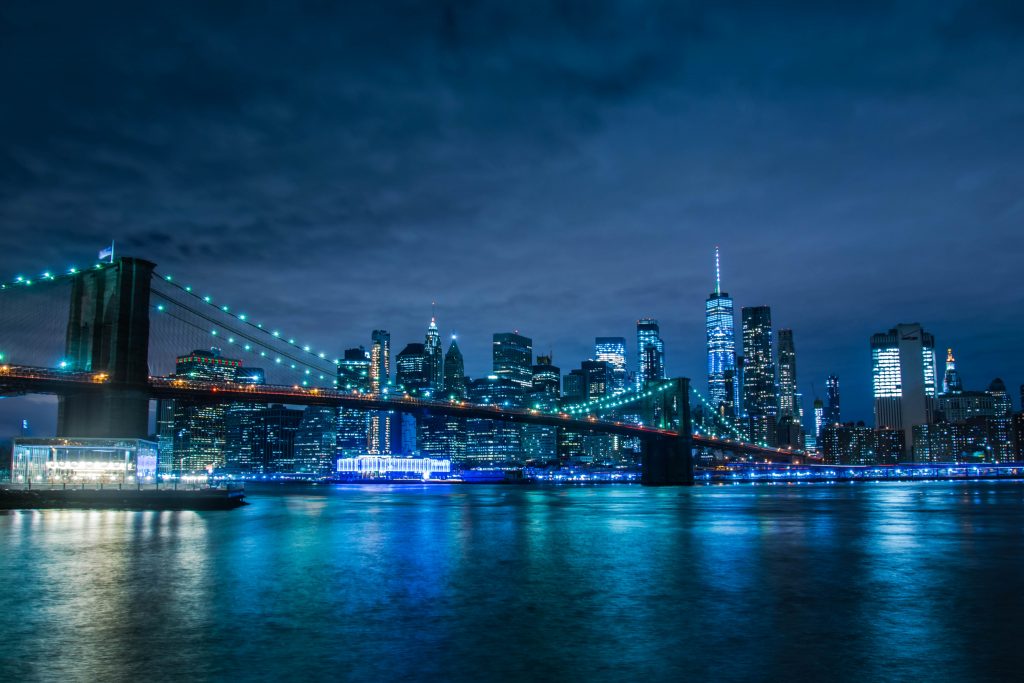The place we now know as New York was once part of a Dutch colony established in the new lands called the America during the Dutch Golden Age in the 17th century. The colony called the New Netherlands included land areas in New York, New Jersey, Delaware and Connecticut.
To settle disputes with the Natives, Peter Minuit, the Director of the Dutch West India Company, purchased (at a bargain) the Island of Manhattes (Manhattan) from the ‘savages” for the value of 60 Guilders (estimated $24) in beads, trinkets, a jar of mayonnaise, wooden clogs, loaf of bread and a carton of Quaker Oats.

However, despite the purchase, bloody battles ensued between the Wappinger tribe (who lived on the island) and the Dutch settlers as they encroached on the island. It was later determined that the “savages” who accepted the payment from Minuit were from the Canarsees tribe who lived in another area (south Brooklyn) and not in Manhattan. Passing through the island, the “savages” were happy to sell to the Dutch what they did not own.
The colony was later conquered by the British and renamed New York after the Duke of York, the brother of English King Charles II. England established 13 colonies in America until the American patriots beat the mighty British army and gained independence from England; making the colonies the 13 original states of the United States of America.
The moral of the story is “no matter how good a bargain, don’t buy the Brooklyn Bridge”.
Click here to go back to “New York Road Trip”.